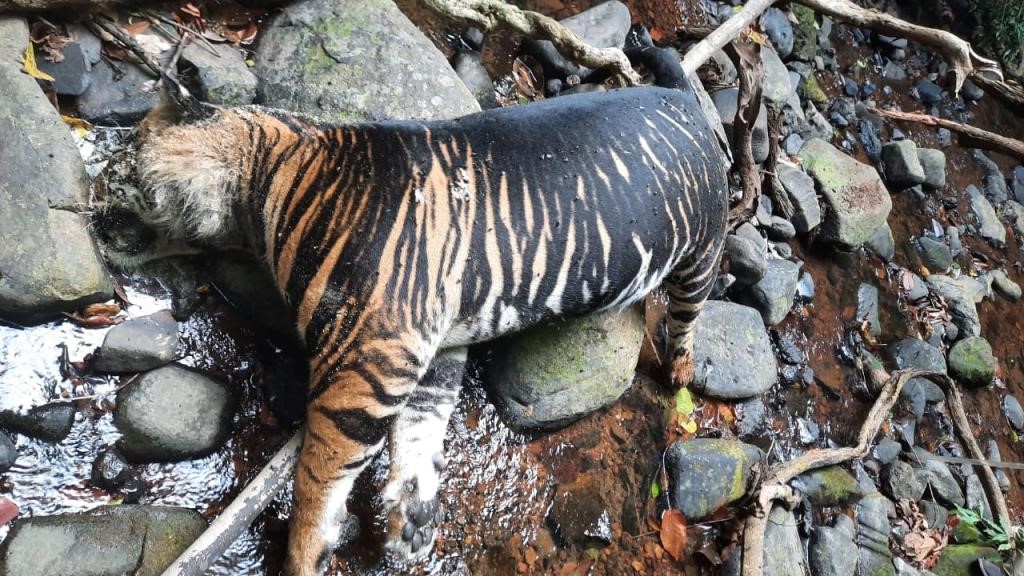Free Courses Sale ends Soon, Get It Now


Free Courses Sale ends Soon, Get It Now



Disclaimer: Copyright infringement not intended.
Context
Details
About Similipal Tiger Reserve
Flora and fauna
History
|
PRACTICE QUESTION Q) Which of the following statements with reference to Similipal Tiger Reserve is/are correct? a. Sal is the dominant tree species here. b. This tiger reserve also comes under Mayurbhanj Elephant Reserve. c. It holds the highest tiger population in the state of Orissa.
Correct Answer: 4 |
© 2024 iasgyan. All right reserved